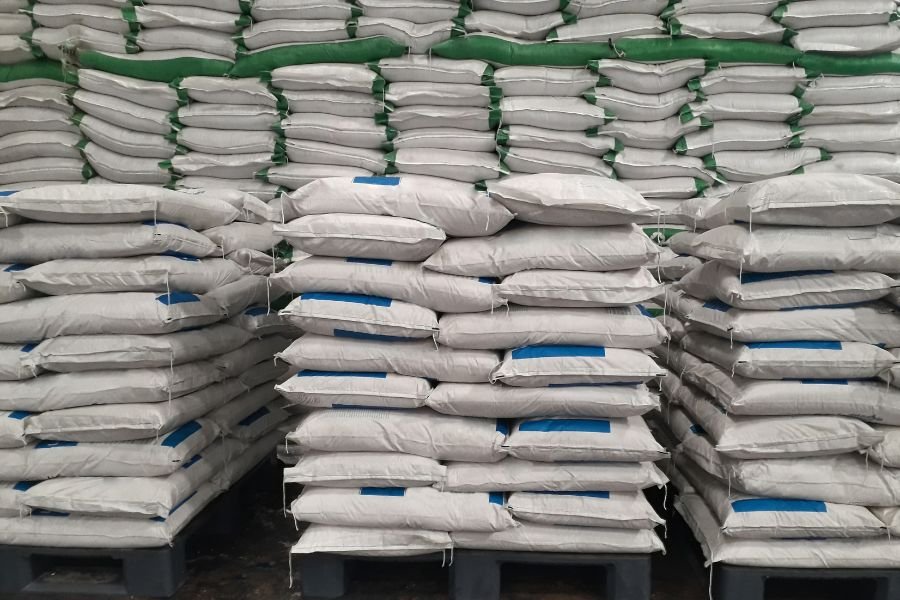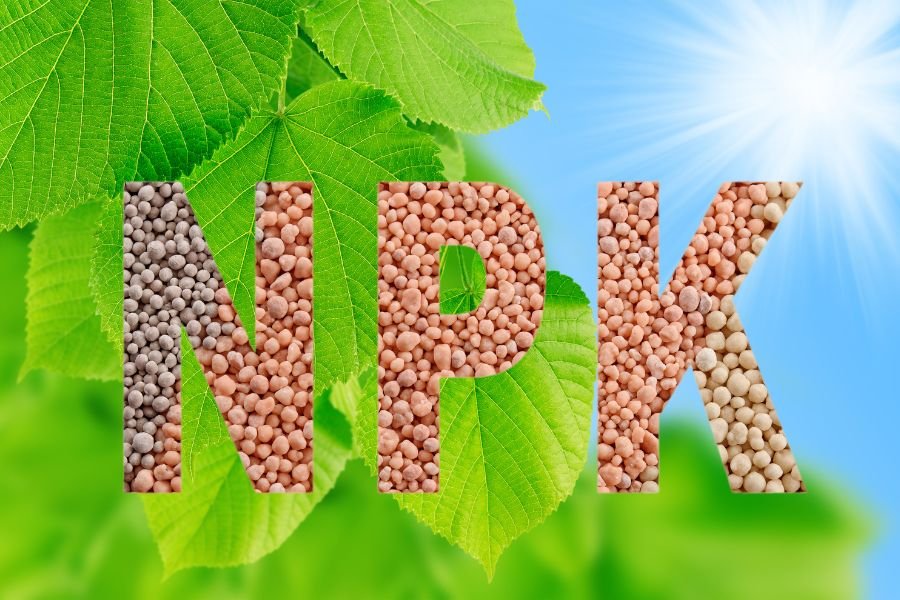Water soluble fertilizers are essential for modern agriculture due to their efficiency, ease of application, and rapid uptake by plants. These fertilizers dissolve completely in water, making nutrients readily available to plants. Producing high-quality water soluble fertilizers requires careful selection of raw materials, an understanding of plant nutrition, and knowledge of manufacturing processes. In this article, we’ll explore the key steps and considerations in making top-tier water-soluble fertilizers.
1. Understanding Plant Nutritional Requirements
The first step in formulating high-quality water-soluble fertilizers is to understand the nutritional needs of plants. Plants primarily require macronutrients—Nitrogen (N), Phosphorus (P), and Potassium (K)—and a variety of micronutrients like Iron (Fe), Zinc (Zn), Copper (Cu), Manganese (Mn), Boron (B), and Molybdenum (Mo).
Each plant species has unique nutrient requirements depending on its growth stage, climate, and soil condition. Therefore, creating specialized formulas for different plant types or growth phases (such as vegetative or flowering stages) can significantly improve crop yield and quality.
2. Selecting High-Quality Raw Materials

Using high-purity raw materials is crucial for producing premium water soluble fertilizers. Some common sources include:
- Nitrogen: Urea, ammonium nitrate, ammonium sulfate
- Phosphorus: Monoammonium phosphate (MAP), diammonium phosphate (DAP)
- Potassium: Potassium nitrate, potassium sulfate
- Micronutrients: Chelated forms of iron, zinc, and manganese for better solubility
Ensuring the raw materials are free from impurities like heavy metals is important to prevent contamination and ensure product safety.
3. Balancing the Formula

A balanced nutrient formula is key to ensuring plants receive the appropriate mix of macro- and micronutrients. The N-P-K ratio is the starting point, but balancing the additional micronutrients is equally important.
Macronutrient Ratios:
- Balance formula: 20-20-20+TE promote general growth of plants during different stages.
- High Nitrogen formulas (e.g., 30-10-10 +TE) promote leaf and stem growth, suitable for early vegetative stages.
- Higher Phosphorus formulas (e.g., 10-52-10 +TE) encourage root development and are often used for newly planted crops.
- High Potassium formulas (e.g., 10-10-40) support fruiting and flowering stages.
Micronutrient Inclusion: Chelated micronutrients ensure easy uptake by plants and prevent nutrient lock-up in soils. The inclusion of essential trace elements like iron (Fe), manganese (Mn), and zinc (Zn) in chelated forms makes the fertilizer more effective.
4. Advanced Manufacturing Process
The process of making water soluble fertilizers involves precision mixing, granulation, and drying techniques to achieve uniform particle size and solubility. Below are the key steps in manufacturing:
a. Weighing and Mixing:
Accurate measurement of all ingredients is crucial for consistency. The raw materials are carefully weighed and mixed to ensure uniform distribution of nutrients. Mechanical blenders are commonly used to achieve a homogenous blend.
b. Granulation:
The mixed nutrients are processed into granules or powder. Granulation improves the handling and application of the fertilizer, while powders dissolve more quickly. Fine granules are often preferred for easy solubility in water.
c. Drying:
The granulated product is dried to remove any excess moisture. This step is critical for ensuring the stability and shelf life of the fertilizer, preventing caking or clumping.
d. Screening and Packaging:
The dried product is screened to remove any oversized or undersized particles, ensuring consistent granule size. The final product is then packaged in moisture-resistant bags to maintain quality during storage and transportation.
5. Ensuring Full Water Solubility
One of the hallmarks of high quality water soluble fertilizers is their ability to dissolve completely in water without leaving residue. Testing the solubility of the product is essential to verify that all nutrients dissolve quickly and are available for plant uptake. Impurities or poor formulation can lead to clogging in irrigation systems, so maintaining high solubility is critical.
6. Quality Control

Strict quality control measures should be in place throughout the manufacturing process. Regular testing for nutrient content, pH levels, moisture content, and solubility ensures that the final product meets industry standards. A consistent product quality helps build trust with customers and enhances the fertilizer’s performance in agricultural applications.
7. Customization and Special Additives
For added value, water soluble fertilizers can be tailored to specific crop requirements. Some manufacturers also include biostimulants, amino acids, or humic acids to enhance plant growth, increase nutrient uptake, and improve soil health. These functional additives can offer additional benefits like stress resistance, improved root development, and higher yield.
Conclusion
Producing high quality water soluble fertilizers is a complex process that requires careful selection of raw materials, precise formulation, and meticulous manufacturing practices. By understanding the needs of the plants, balancing nutrients properly, and maintaining high standards throughout the production process, manufacturers can create fertilizers that deliver optimal results for crops, helping farmers achieve greater yields and improved plant health.
Water soluble fertilizers play an essential role in modern agriculture, and producing them to the highest standard can make a significant impact on the success of farming operations.


